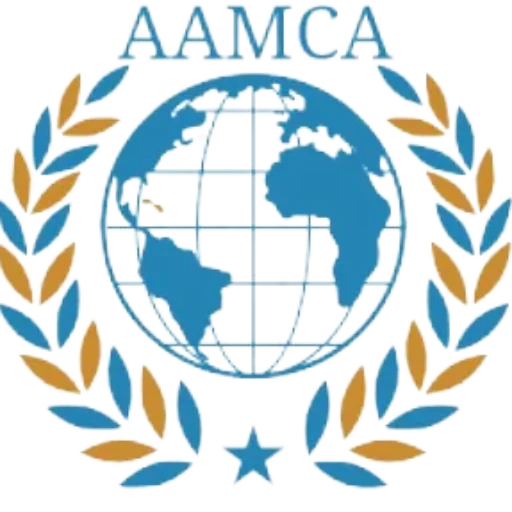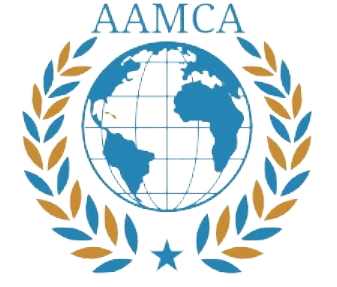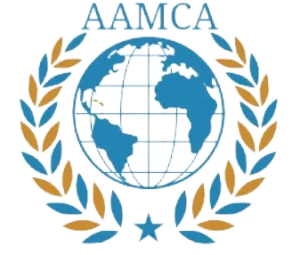Understanding Current and Future Challenges in IT Architecture
In the landscape of medium to large enterprises, managing IT architecture presents numerous challenges that significantly impede operational efficiency and organizational agility. One of the most pressing issues is the presence of heterogeneous systems. Organizations are frequently required to utilize a mix of on-premise, cloud-based, and hybrid solutions, which can lead to complexities in management and integration. This diverse environment increases the potential for data silos, complicates communication between systems, and hinders a seamless user experience. Consequently, enterprises must continuously evaluate and update their architecture to ensure interoperability across various platforms.
Another notable challenge lies in the integration of legacy systems. Many organizations rely on older systems that may not easily interact with newer technologies or standards. These legacy systems can become a bottleneck, limiting scalability and hampering the adoption of innovative solutions. Integration efforts often require extensive time and financial investment, as businesses work to align antiquated infrastructure with modern applications and services. Therefore, a strategic focus on compatibility and migration strategies is essential to facilitate smoother transitions and future-proof the IT architecture.
Furthermore, the demand for scalable solutions is increasingly critical as enterprises anticipate future growth and evolving technological landscapes. Organizations need to be proactive in designing architectures that can adapt to changing requirements, whether it be increased data processing needs or the deployment of new applications. Flexibility in IT architecture not only supports current operations but also positions the organization advantageously for future opportunities. By prioritizing adaptability, enterprises can ensure that their IT infrastructure remains resilient in the face of potential disruptions and shifts in market dynamics.
Fundamental Concepts of IT and Enterprise Architectures
In the realm of modern business, the concepts of Information Technology (IT) architecture and Enterprise Architecture (EA) are crucial for achieving strategic alignment between technology initiatives and business objectives. IT architecture refers to the comprehensive framework that outlines the structure and behavior of the IT infrastructure, including hardware, software, networks, and data management. In contrast, enterprise architecture encompasses a broader scope, integrating both IT and business processes to ensure that all elements of an organization are cohesively structured to meet its goals.
A key component in understanding these architectures is recognizing the differences between various types of frameworks. Each framework serves specific needs within medium to large enterprises. For instance, The Open Group Architecture Framework (TOGAF) provides a methodical approach to design, plan, implement, and govern enterprise architecture. On the other hand, the Zachman Framework offers a structured classification schema for creating an enterprise architecture, enabling organizations to comprehensively analyze and document their components.
Another noteworthy framework is the ZISA (Zachman Information Systems Architecture), which aligns IT projects with the enterprise’s strategic vision, ensuring that technology supports the business strategy effectively. Furthermore, the National Aeronautics and Space Administration Framework Version 4 (NAFV4) focuses on best practices for architectural governance, emphasizing the importance of maintaining adaptability in ever-changing business landscapes.
The alignment of IT strategies with business goals is paramount, as it fosters a responsive organizational structure capable of adapting to dynamic environments. Effective IT and enterprise architectures not only facilitate improved operational efficiencies and streamlined processes but also empower organizations to respond swiftly to shifts in market conditions. By employing established frameworks such as TOGAF, ZISA, Zachman, and NAFV4, businesses can ensure that their architectural planning and implementation are thorough and aligned with overall enterprise objectives.
Analyzing Existing IT Structures and Identifying Technological Trends
For medium to large enterprises, conducting a thorough analysis of existing IT structures is a crucial first step in strategic IT architecture planning. This involves assessing current infrastructure components—including hardware, software, networks, and data management systems—against the organization’s strategic objectives and operational requirements. By identifying strengths and weaknesses within these systems, businesses can pinpoint areas that require improvement, ensuring that their IT landscape is aligned with broader organizational goals.
Utilizing various analysis tools and methodologies, enterprises can conduct comprehensive reviews of their IT infrastructures. This practice not only highlights performance gaps but also uncovers areas beneath the surface that might be overlooked. It’s essential to engage in stakeholder discussions to understand the nuances of each department’s IT needs. Through this collaborative approach, organizations can set realistic benchmarks and define a roadmap for enhancements.
In conjunction with analyzing existing structures, organizations must stay vigilant in identifying technological trends that can influence and potentially revolutionize their IT environment. Employing a trend radar allows enterprises to track innovations such as cloud computing, artificial intelligence, and cybersecurity advancements. Recognizing these trends is vital in mitigating risks associated with stagnation and enables organizations to adopt cutting-edge technologies that promote efficiency and agility.
Furthermore, practical case studies serve as valuable learning resources in this process. By examining successful implementations of architectural reviews in other organizations, businesses can draw on real-world examples that exemplify best practices. Such insights foster a culture of continuous improvement and innovation, ultimately leading to a more robust and adaptable IT framework as enterprises respond to the ever-evolving technological landscape. By effectively bridging existing infrastructures with emerging trends, medium to large enterprises can position themselves for sustained success.
Architecture Visualization as a Strategic Tool
Architecture visualization serves as a crucial strategic instrument in the planning process for medium to large enterprises. By employing various models such as diagrams, flowcharts, and interactive tools, organizations can gain an intuitive understanding of their IT architecture. Effective visualization not only clarifies complex structures but also makes it easier for stakeholders to engage in the decision-making process. This clarity enhances communication and collaboration across departments, allowing for a more unified approach to architectural planning.
Governance Models for IT Architecture
Governance models play a pivotal role in managing IT architecture effectively. Various frameworks, such as ITIL, COBIT, and TOGAF, provide standardized methodologies for institutions seeking to establish robust governance mechanisms. Each model comes with its strengths and weaknesses; for example, ITIL emphasizes service management, making it suitable for organizations focused on service delivery enhancements. Conversely, COBIT offers comprehensive risk management guidance, making it beneficial for firms concerned about compliance and regulatory aspects. Understanding these nuances assists companies in selecting the most aligned governance model with their specific objectives, ensuring their IT architecture remains resilient and responsive to change.
Implementation Strategies for Governance
For successful governance of IT architecture, businesses must adopt practical implementation strategies that promote alignment with organizational goals. Establishing a clear set of policies and procedures is fundamental to this process. Regular audits and assessments are essential to monitor compliance with these policies, identify potential gaps, and address the evolving needs of the enterprise. Additionally, fostering a culture of continuous improvement and adaptability is crucial; training and education programs focused on enhancing stakeholders’ understanding of governance policies can substantially boost their effectiveness. By implementing structured governance frameworks, companies can not only ensure that their IT architecture evolves in line with business objectives but also facilitate a more agile response to emerging challenges.




